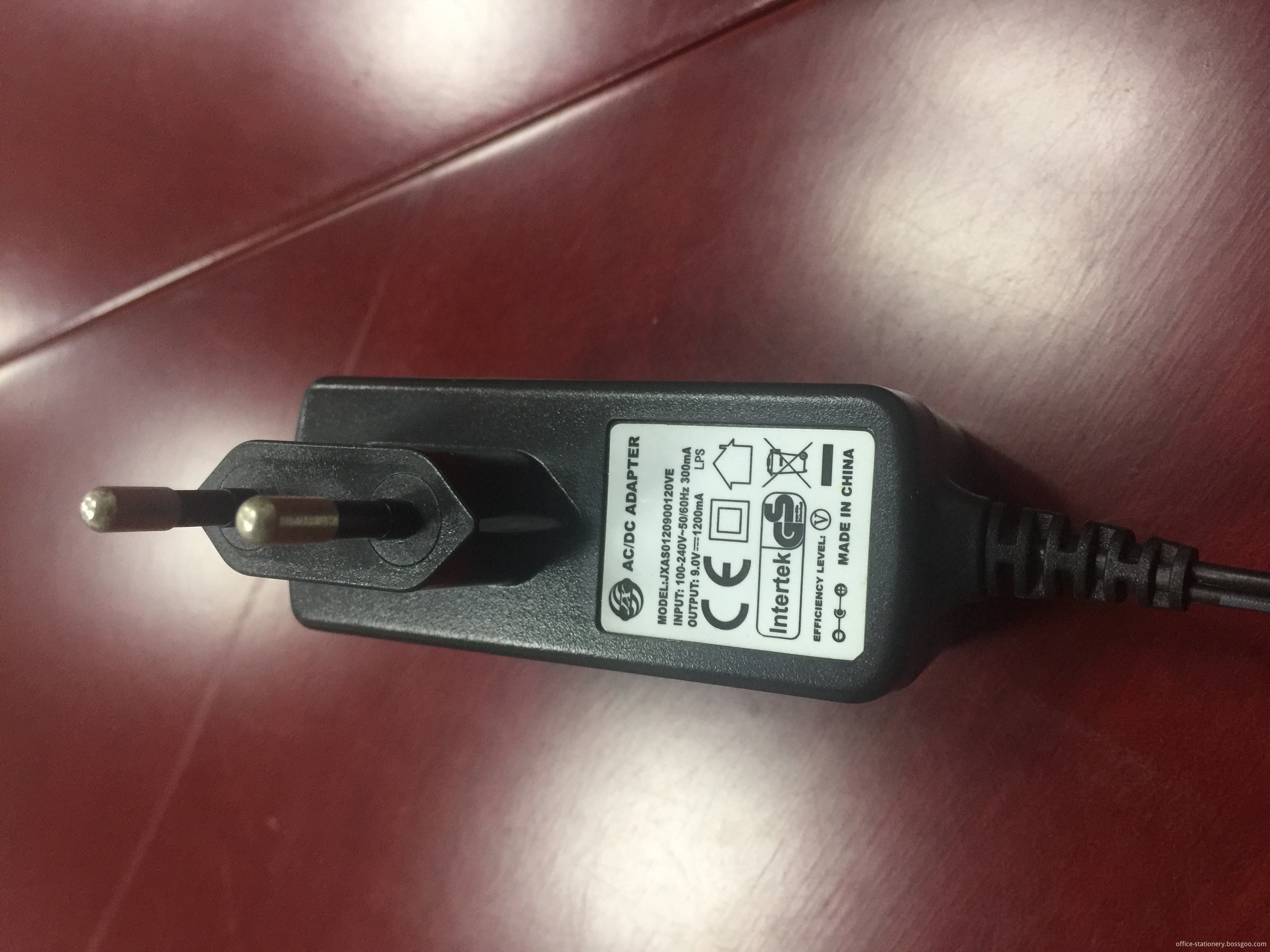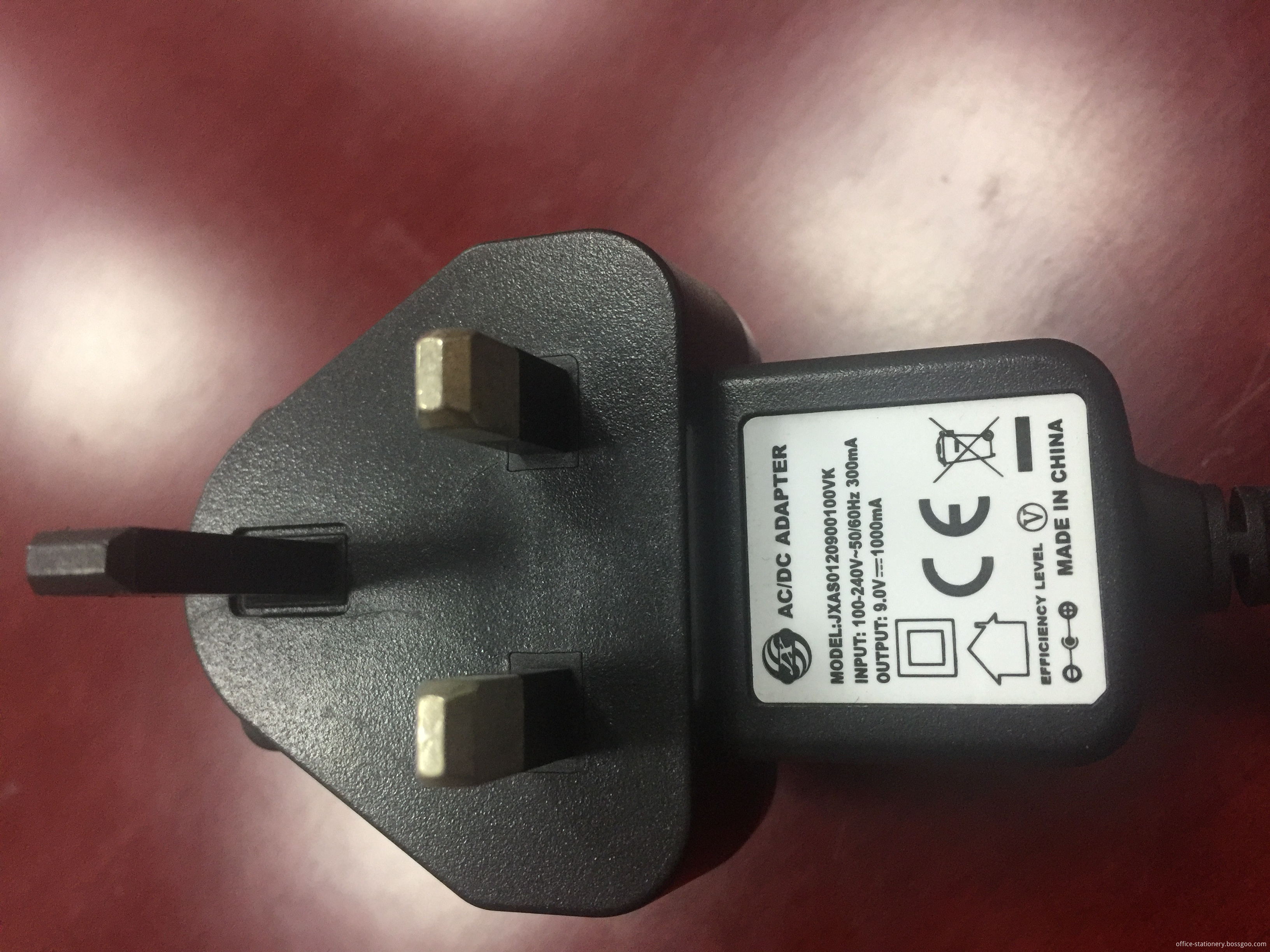The materials used in the preparation of screens include cotton yarn, silk, nylon, polyester, stainless steel wire, copper wire and other metals. When making screen printing plates, a thorough understanding of screen materials is required to lay the foundation for the correct selection and production of high-quality printing plates.
First, the characteristics of the screen material
Cotton Yarn: Due to the poor uniformity of its warp and weft, the mesh size is inconsistent and the shapes are different; the surface smoothness of the cotton yarn is also poor, the tensile strength is very low, and the pressure resistance rate is also very low; The quality of the printing plate is not ideal, the aberration is poor, and the printing effect is not satisfactory. Therefore, it has been rarely used.
Silk screen: The uniformity, tensile strength and surface finish of the warp and weft are all higher than those of the cotton screen. The disadvantage is that the elongation is too large, aging and deterioration, and the light resistance is not good. Under long-term exposure to light, it can easily become brittle. .
Nylon mesh: It is woven from a synthetic fiber-polyamide fiber. There are multiple strands and monofilaments on the weave. The thickness of the warp and weft can be processed according to different requirements. The area density of the mesh is more uniform, the abrasion resistance is better, and the elongation rate is lower than that of the silk screen. At the same time, the plate produced by the nylon screen is less static when used. The disadvantage is slightly less acid resistant.
Polyacetal Wire Mesh: Also known as polyester mesh, it is also woven from a synthetic fiber. The thickness of the warp and weft can also be made according to the requirements. The area and density of the mesh are also relatively uniform. Its chemical resistance performance is stronger than the nylon mesh, and the elongation is lower than the nylon mesh. The disadvantage is that static electricity is generated during printing and the moisture content is inferior to nylon mesh.
Wire Mesh: refers to a screen made of stainless steel wire or steel wire, or a screen made of electroplated metal nickel. It is characterized by high strength, good abrasion resistance, excellent chemical resistance, high surface finish, and excellent electrical conductivity. It can easily be heated during printing, making it ideal for screen printing inks or slurries that require warming. The disadvantage of metal wire mesh is its low elasticity. If the wire mesh has creases, it cannot be restored to elasticity and can only be scrapped.
In the current screen printing, nylon mesh is generally used as the substrate of the printing plate, but in the production of very precise image plates, polyester meshes and metal meshes are often used as the substrate of the printing plate.
Second, the weaving of wire mesh material
There are many types of screens on the market, and there are many differences in the form of weaving. However, the following are the main types of weaving.
Corrugated weaving: It is the most popular form of weaving. This type of weaving has better tensile strength and is more uniform. The disadvantage is that after the screen is under pressure from the squeegee, the weft is easily displaced, causing the image to stretch. This kind of woven wire mesh, due to its structural instability, the product print volume is not easy to oversize, too large number of prints will cause great errors in the front and back prints.
Tweezer Weaving: This kind of weaving form screen, its printing rate is greatly improved, it can ensure the precision of the image, it can avoid the movement of the weft thread caused by the pressure of the squeegee, and the thickness of the braided screen is obviously increased. The thickness of the ink layer will also increase.
Semi-Shuttle Weaving: This type of weaving combines the advantages of corrugated weaving and tweezers weaving. This kind of weaving is very suitable for printing large quantities, but with less demanding image precision.
Third, the specifications of the screen
The specifications of the screen are generally expressed in "mesh". It refers to the amount of mesh contained in each inch of screen length.
For each inch of screen length, the greater the number of holes, the smaller the hole size of the hole. For example, 120 mesh means that there are 120 meshes in a one-inch length screen; 250 meshes means that there are 250 meshes in a one-inch length mesh. So on and so forth.
The number of meshes per inch of wire mesh is less than 180 mesh, which can be discerned by the human eye. If there are more than 180 meshes, it is not easy for human eyes to see the meshes.
In the market, the screens are also represented by "models". For example, the real screen number SP56 is represented by a single screen of 150 mesh, and the real screen number XX15 is represented by a 50 mesh double screen.
The correspondences between the commonly used mesh "mesh" and "model" are listed as follows:
Silk single yarn mesh (SP)
38 = 102 mesh 40 = 107 mesh 42 = 1212 mesh 45 = 121 mesh 48 = 129 mesh 50 = 134 mesh 52 = 139 mesh 54 = 144 mesh 56 = 150 mesh 58 = 156 mesh Silk double yarn mesh (××)
6 = 74 mesh 7 = 82 mesh 8 = 90 mesh 9 = 97 mesh 10 = 109 mesh 11 = 116 mesh 12 = 125 mesh 13 = 129 mesh 14 = 139 mesh 15 = 150 mesh Number 16 = 160 mesh nylon mesh 109 = 109 mesh 125 = 125 mesh 150 = 150 mesh 175 = 175 mesh 200 = 200 mesh 225 = 225 mesh 250 = 250 mesh 270 = 270 mesh 300 =300 mesh 330 number = 330 mesh 350 number = 350 mesh 380 number = 380 mesh polyester monofilament mesh 120 # = 47 mesh 135 mesh = 53 mesh 150 mesh = 59 mesh 175 mesh = 69 mesh 220 mesh = 79 mesh 225 No. = 90 mesh No. 250 = 100 mesh No. 270 No. = 110 No. 300 = 120 mesh No. 330 No. = 130 mesh No. 350 No. = 140 mesh In the printing process, a plate made of a 160 mesh nylon screen often appears with a photosensitive film and The firmness of the screen bonding is not good enough, the lines of the printing are thick and burr, and the squeegee is also laborious; the printing plate made of 250 mesh nylon screen can improve the printing precision, and the squeegee Reduced labor and glitches during printing; Plates made with 360 mesh nylon mesh, strong adhesion between the photo-resist film and screen, squeegee squeegee effort, and printing accuracy, line and text edges are neat, line and space It can reach 0.2-0.15mm. Half-tone four-color printing products, often used 80 mesh, 100 mesh, 130 mesh screen to meet the printing requirements.
We are professional manufacturer for electronic Stationery and AC power adapter since 1993, Providing one-stop solution from design, R&D, Quality control, mass production, Export etc., our key partner are staples, Essetle, Acco and so on, Technology and production is best for you. License: ISO9001,ISO14001,Reach, Rohs, CE,UL,FCC,SEDEX.BSCI
We can make all adaptor for worldwide, US, Canada, UK, EU, AU, China and so on, from 5V to 24V. we have mould and injection moulding workshop for surface design.


Power Ac Adaptor,Power Ac Dc Adaptor,Power Ac Adaptor 12W,Power Ac Adaptor 60W
Ringsun Holding Ltd , http://www.ele-office.com